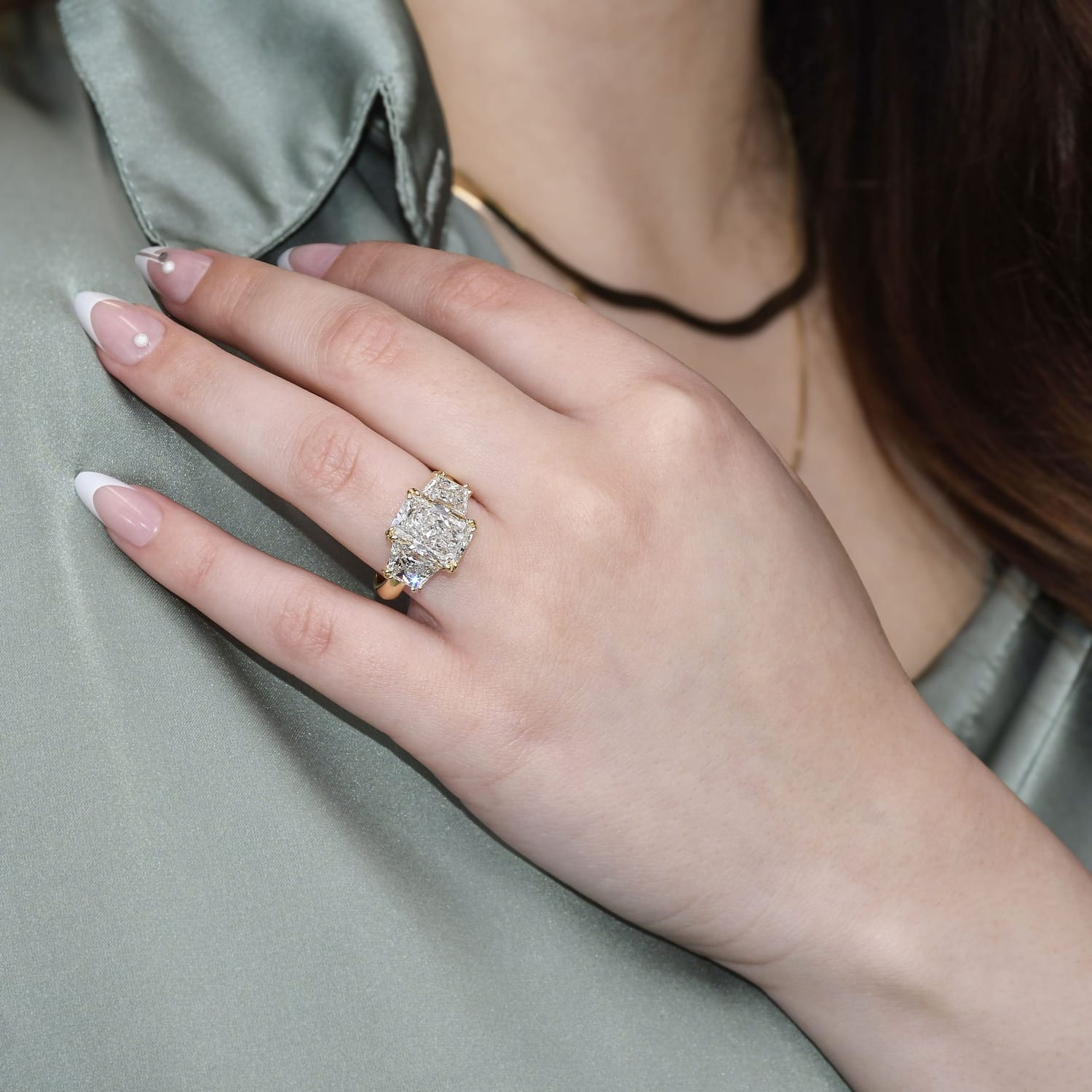Diamond Education: Quality Factors
Understanding Diamond Quality Factors - The 4 Cs
Diamonds are celebrated for their dazzling beauty, but not all diamonds are created equal. The value of a diamond is determined by a combination of factors, with rarity playing a significant role. To assess and compare diamonds, professionals rely on the 4Cs: Clarity, Color, Cut, and Carat Weight. Developed by GIA in the 1950s, this grading system provides a comprehensive method for evaluating diamond quality.
Color
- Rarity and Value: For traditional white diamonds, colorless diamonds are the most rare and valuable, with any yellow or brown tint decreasing their value.
- Grading Scale: The GIA D-to-Z scale is used for color grading, assessing the absence of color in diamonds.
- Fluorescence: About 35% of diamonds exhibit some degree of fluorescence, which can affect their appearance under ultraviolet light. While it can enhance the look of some diamonds, strong fluorescence may negatively impact value.
Clarity
- Natural Characteristics: Diamonds naturally have internal features called inclusions and surface irregularities known as blemishes, which affect their clarity. Together these are called clarity characteristics.
- Grading System: The GIA Clarity Grading System includes eleven grades, from Flawless (no visible inclusions or blemishes at 10X magnification) to Included, indicating visible inclusions that may affect transparency or brilliance.
- Value Impact: A diamond's clarity can significantly influence its value, with flawless diamonds being exceptionally rare and valuable.
Cut
- Craftsmanship and Brilliance: The cut of a diamond determines its brilliance and scintillation. It refers to the diamond's proportions, symmetry, and polish.
- Optical Effects: Well-cut diamonds exhibit impressive brightness, fire, and pattern, affecting their overall appearance and desirability.
- Grading: Cut grades range from Excellent to Poor, reflecting how well a diamond interacts with light. Only round brilliant cut diamonds are graded for cut by GIA.
Carat Weight
- Measurement: Diamonds are weighed in metric carats, with one carat equaling 0.2 grams. Weight is a critical factor in determining a diamond's value.
- Price Relationship: Larger diamonds are rarer and thus command higher prices, not only overall but also on a per-carat basis. Due to the per carat increase in price as the size increases, this causes prices to rise significantly as larger sizes are evaluated.
- Symbolic Significance: Certain carat weights, known as "magic sizes," hold significant appeal due to their perceived rarity and desirability. These sizes include whole and half carat weights, i.e. 1.00 carat is more desirable than 0.98 carat, 1.50 is more desirable than 1.49 carat, etc. Even though the difference in carat weight is minor, there can be substantial differences in price at whole and half sizes.
Key Takeaways
- The 4Cs provide a reliable framework for comparing diamond quality.
- Each of the 4Cs contributes to a diamond's overall beauty and value, with their interplay determining the rarity and appeal of the stone.
- When selecting a diamond, considering all four aspects will ensure a choice that meets both aesthetic preferences and budget considerations.


